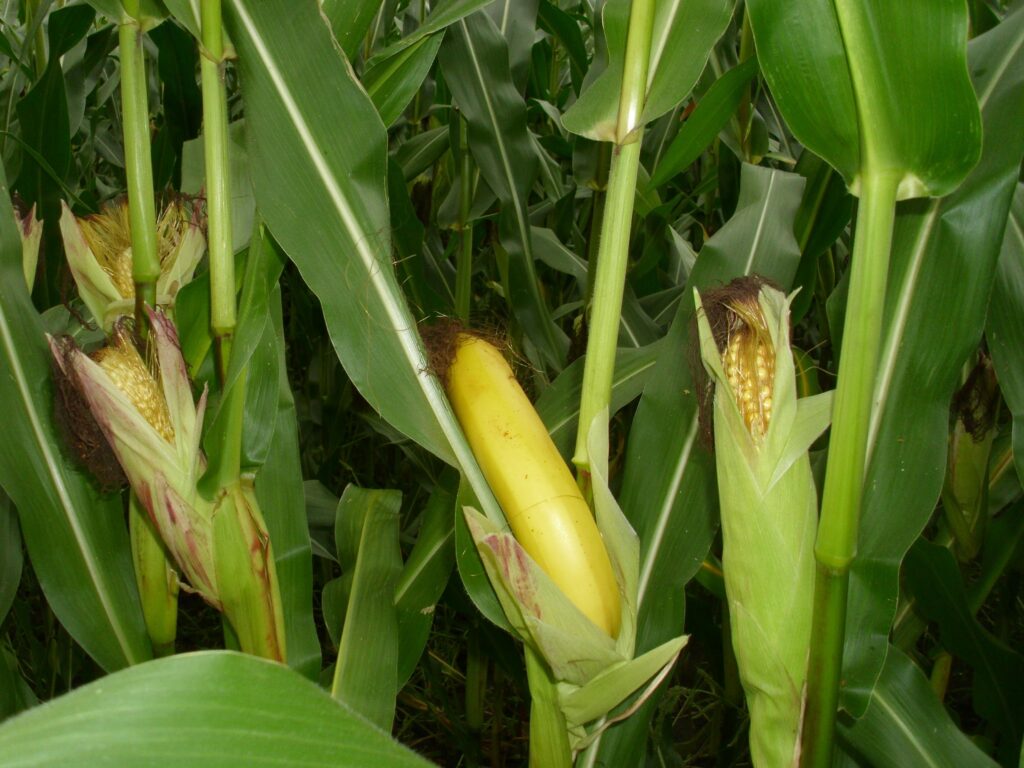It’s planting season, and farmers are taking to the fields to put food on our tables. Even though Ted Cruz has withdrawn from the presidential race, his victory in the Iowa Caucuses caused political pundits of all stripes to speculate about the future of the Renewable Fuels Standard (RFS) and the corn ethanol mandate, largely because someone, Cruz, had finally campaigned against the ethanol mandate and managed to win in Iowa. While some wonks in Washington, DC may talk about a political end for the ethanol mandate, for the nation’s farmers, the biofuel bubble has already burst.
Many of the agriculture-related policy discussions taking place in the nation’s capital focus on how corn farmers will be hurt by the biofuel mandate because RFS requires traditional forms of biofuel, such as corn, to be replaced by “advanced biofuels” in the future. This assessment is correct. If advanced biofuels ever become viable—thus far they have not— it would eat into the share of biofuel derived from corn. However, this view ignores the damage that has already been done to farmers as a result of the ethanol mandate distorting crop prices.
For every action, there is a reaction, and for every boom, there is a bust. The ethanol mandate created a boom in the price of corn by driving up demand, because it resulted in approximately 40 percent of the nation’s corn crop being converted into fuel. The mandate had the dual effect of tying the price of corn—as well as other farm commodities—more closely to the price of oil. As a result, corn prices surged from approximately $2.50 per bushel before the ethanol mandate, to more than $8 just a few years after it was enacted. As corn prices surged, farmers devoted more acreage to growing corn, which in turn drove up the price of other crops, such as soybeans and barely.
Crop prices weren’t the only the thing to skyrocket. The price of farming inputs, including farmland, seed, and farm machinery, has skyrocketed over the past 10 years due to years of corn prices being $6 or $7 per bushel. In 2005, the average cost of land rent in central Illinois was $147 per acre, but within seven years, that price nearly doubled to $270 per acre. The rise in the cost of inputs made it harder for smaller, family farmers and young people interested in becoming farmers to buy or rent land and machinery.
Things boomed for a while, but because corn prices have fallen 60 percent from their highs—and below the cost of production for many farmers—farmers who took on debt in order to purchase equipment or land are finding these assets may not be worth what they were during the boom.
For example, 2014 marked the first year farmland values dropped since the Reagan administration. Although the declines were fairly modest, about 3 percent, the trend does not bode well for the next few years, when rising yields per acre, slowing economic growth in China, and low oil prices are likely to keep a damper on a recovery in grain prices.
Defenders of the ethanol mandate often argue higher biofuel mandates are needed in order to prop up crop prices above the cost of production. These pleas are often couched in phrases such as, “No policy in history has brought more wealth back to rural America than the ethanol mandate,” and for a time, this was true. But all bubbles eventually burst, and the aftermath is often messy.
The problem with government intervention in markets of any kind is eventually the market adapts, and more and more distortion is needed to maintain prices. The old adage “the cure for high gas prices is high gas prices” applies to all commodities. As high corn prices increased, the incentive for farmers to convert land for growing more corn increased along with them. The price has come down accordingly, but the malinvestment brought on by artificially inflating the demand for corn remains. In the end, policies such as these end up hurting the very people they were supposed to help, which is why Congress should act to phase out the ethanol mandate.





